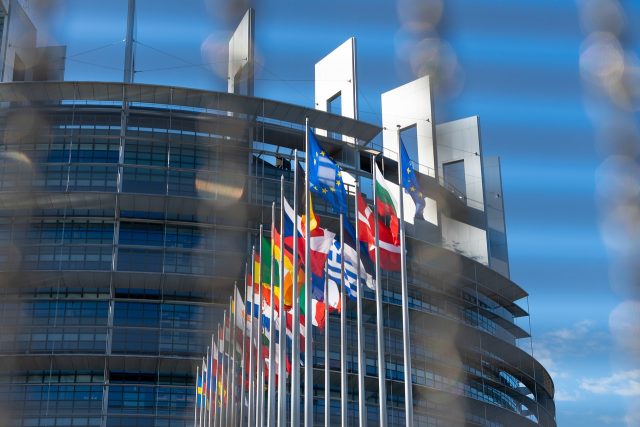
Europe Relies on Four Alternative Routes
The definitive cessation of Russian gas transit through Ukraine represents a major shift in the European energy landscape. Following the expiration of the five-year contract between Kiev and Moscow, signed in 2019, the European Commission stated that the European Union is well prepared to face this new challenge. Thanks to strategic planning and diversification of supply sources, the EU is ready to mitigate the impact of the decision.
The cessation of Russian gas transit through Ukraine was confirmed by both Moscow and Kiev in separate statements. This event marks a further deterioration in relations between the two countries and underlines Europe’s desire to reduce dependence on Russian energy supplies. In the past, Ukraine was one of the main routes for Russian gas to Europe, with volumes exceeding 130 billion cubic meters per year. Today, that transit has been eliminated. Ukrainian President Volodymyr Zelensky called this development “one of Moscow’s biggest defeats,” highlighting Russia’s “energy blackmail” over the years.
To address the disruption, the European Union has identified four main alternative routes to secure gas supplies: Liquefied natural gas (LNG) terminals in Germany play a crucial role. German regasification capacity allows it to receive significant volumes from producing countries such as the United States, Qatar and Norway. Greek ports, thanks to their strategic location, offer direct access to LNG from the Eastern Mediterranean and the Middle East, strengthening the energy resilience of South-Eastern Europe. Italy, with its LNG terminals and the Trans Adriatic Pipeline (TAP), can channel gas from Azerbaijan and North Africa to the heart of Europe. Poland contributes with the Świnoujście terminal and the Baltic Pipe, which transports Norwegian gas. Turkey, while not yet a major player, could become a major energy hub in the future. The European Commission spokeswoman reiterated that Europe’s energy infrastructure is flexible enough to ensure the distribution of non-Russian gas to the countries most affected by the disruption, particularly those in Central and Eastern Europe. This flexibility is the result of significant investments in diversifying sources and improving interconnection networks.
Despite assurances about the security of supply, the European market has reacted with concern. For the first time since October 2023, natural gas prices have reached 50 euros per megawatt hour. This increase is attributed both to the end of transit through Ukraine and to the arrival of winter temperatures. The Italian Minister of the Environment and Energy Security, Gilberto Pichetto, assured that Italy has taken all necessary measures to ensure the country’s energy security. “Gas storages are completely filled as of November 1,” he said, adding that further assessments are underway to maximize reserves and face the winter with serenity. The end of Russian gas via Ukraine is a historic turning point and a reminder of the importance of energy diversification. The European Union, aware of the lessons learned from the energy crisis triggered by the war in Ukraine, is accelerating the transition to renewable and sustainable energy sources, progressively reducing dependence on fossil fuels.
This long-term strategy not only strengthens Europe’s energy independence, but also contributes to climate goals, such as carbon neutrality by 2050. The interruption of Russian gas transit through Ukraine is a challenge that the European Union seems ready to face. With targeted planning, resilient infrastructure and a network of alternative routes, Europe is proving capable of rapidly adapting to new geopolitical realities. However, the need to continue diversifying sources and investing in renewable energy remains crucial to ensuring lasting energy security.



 Subscribe
Subscribe